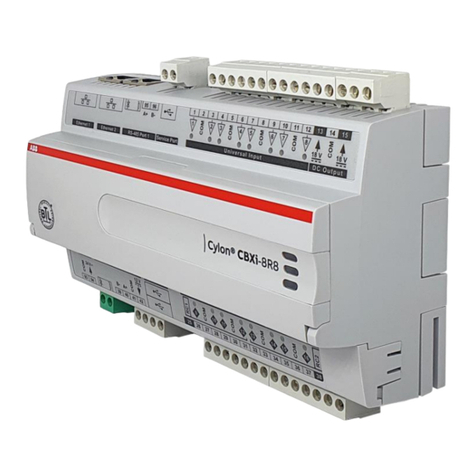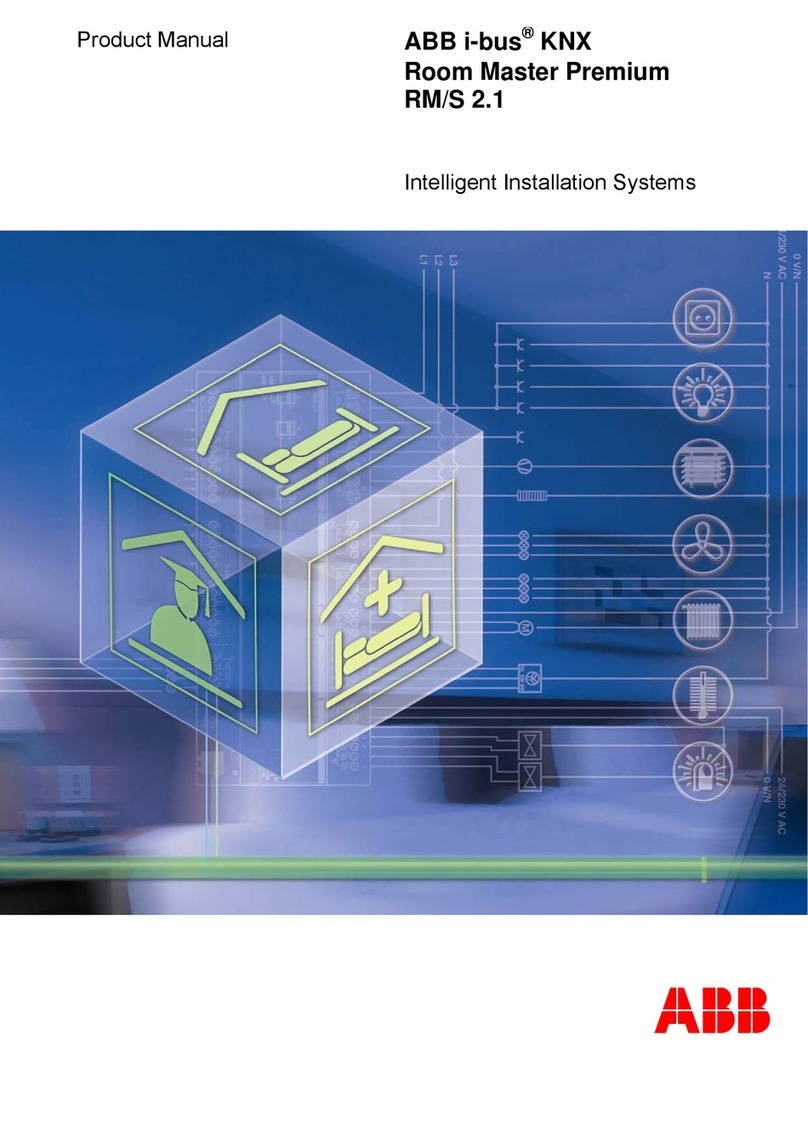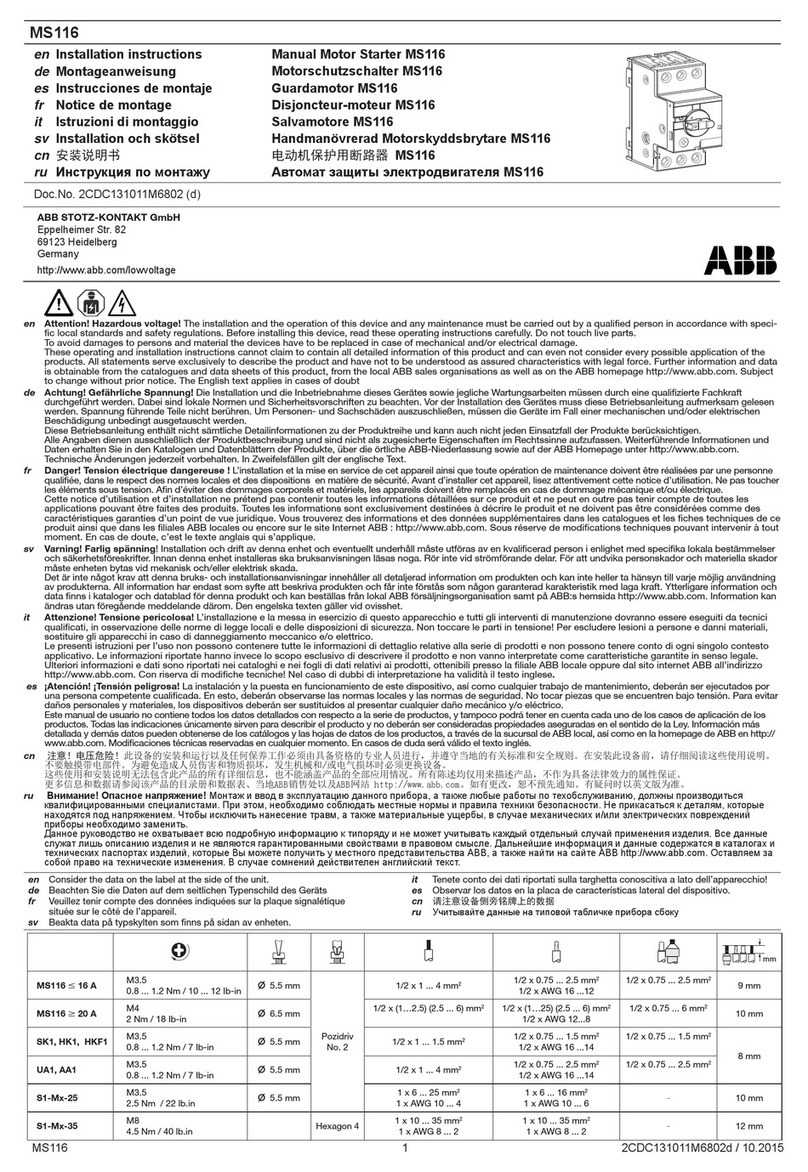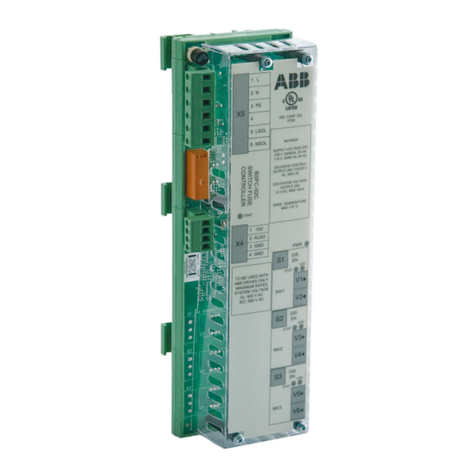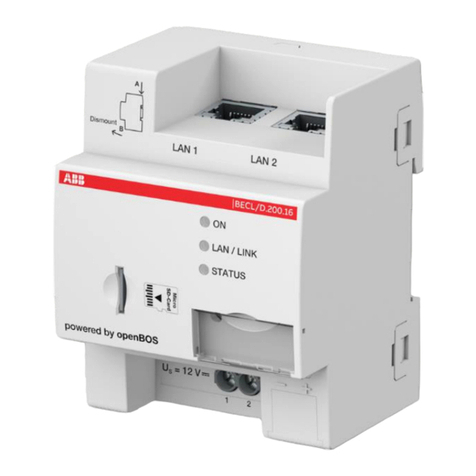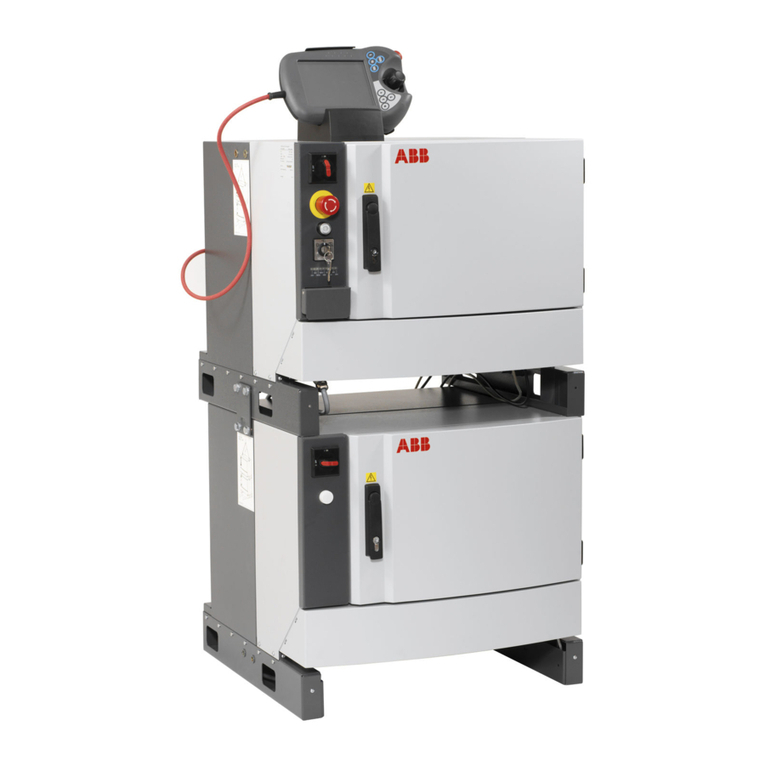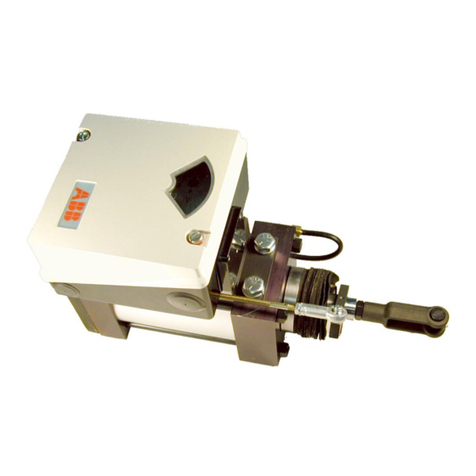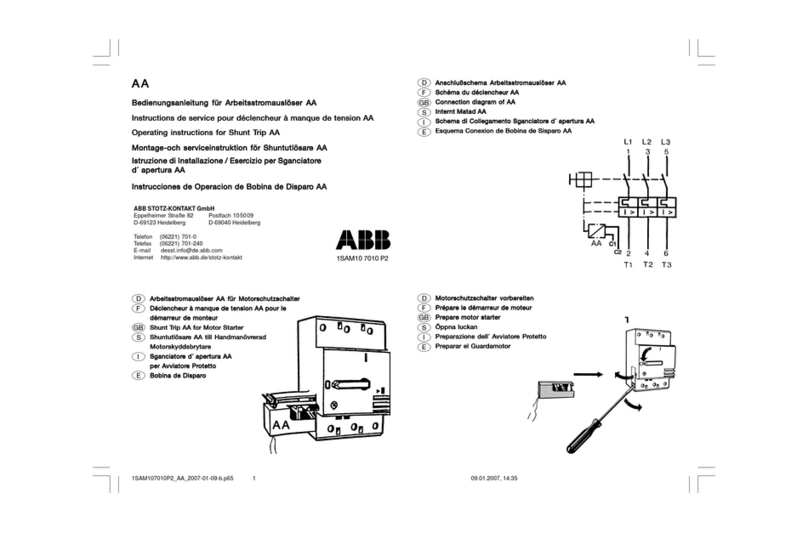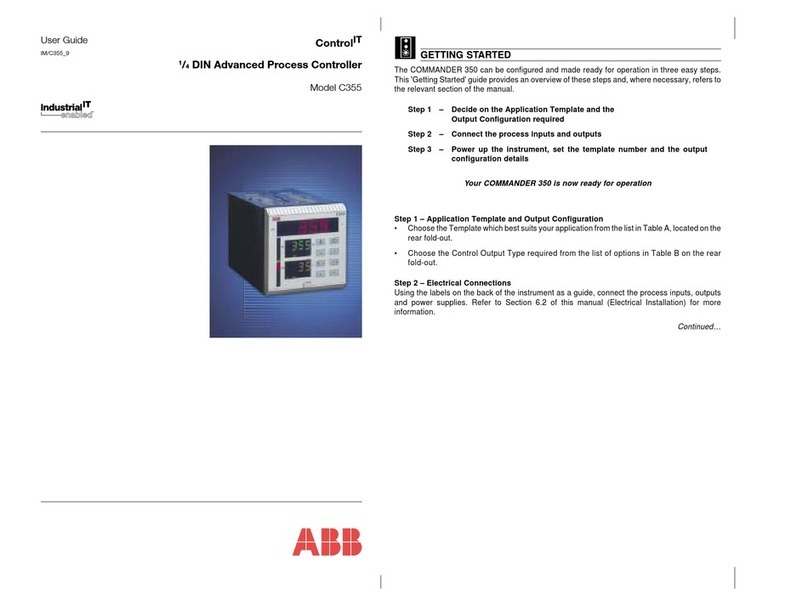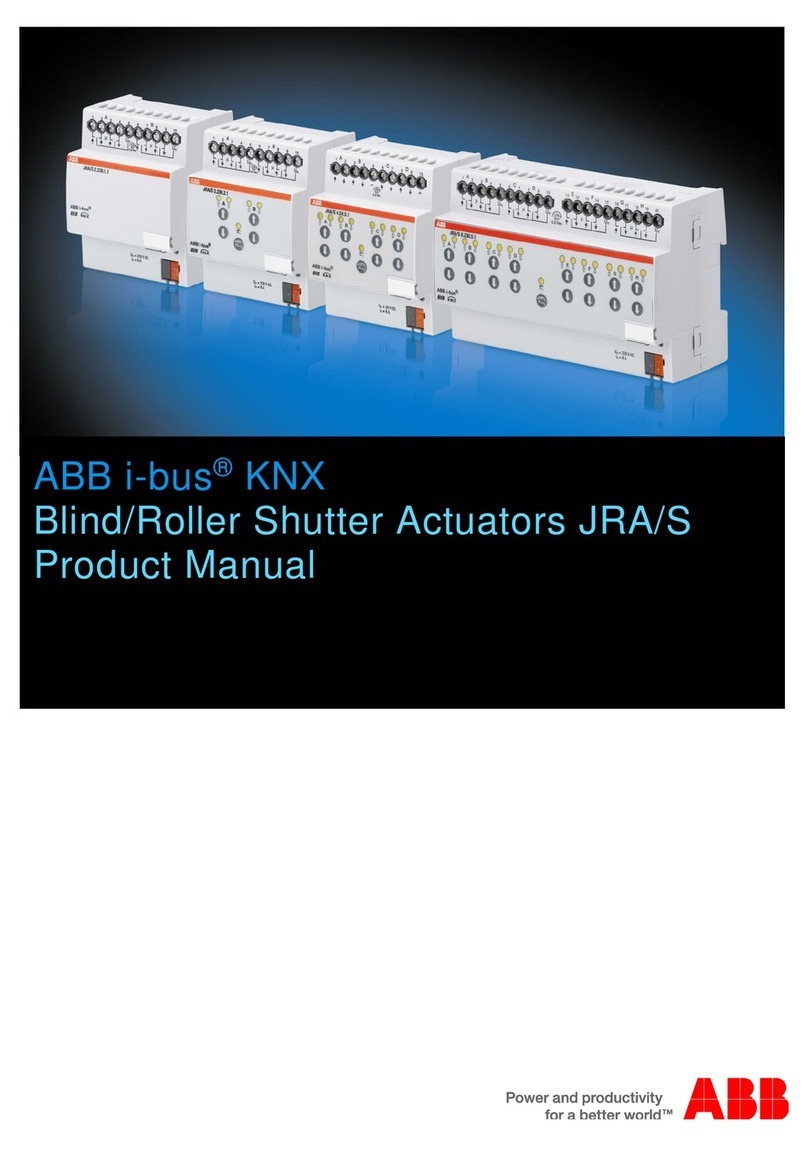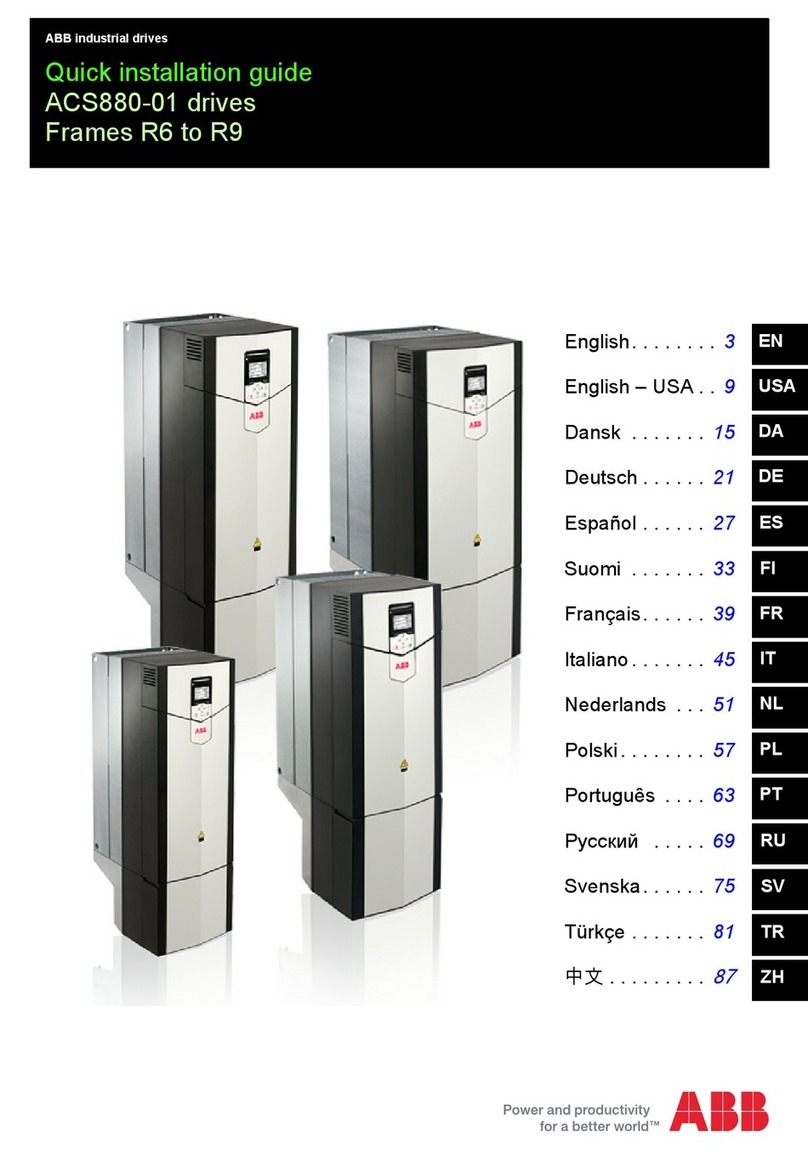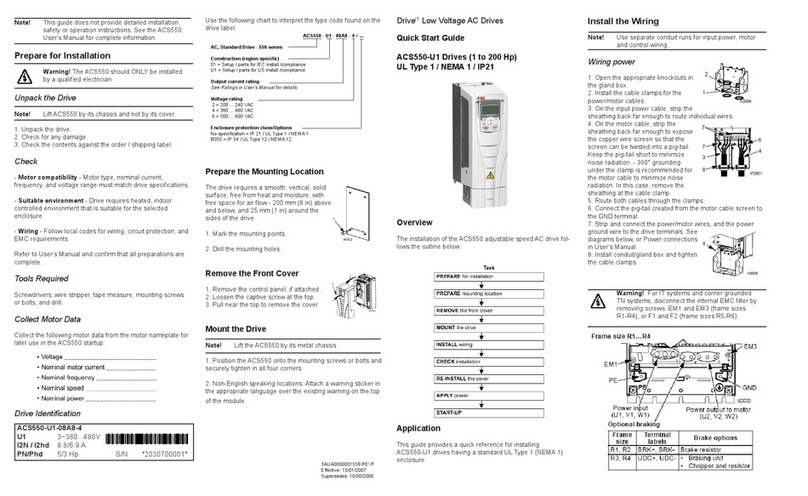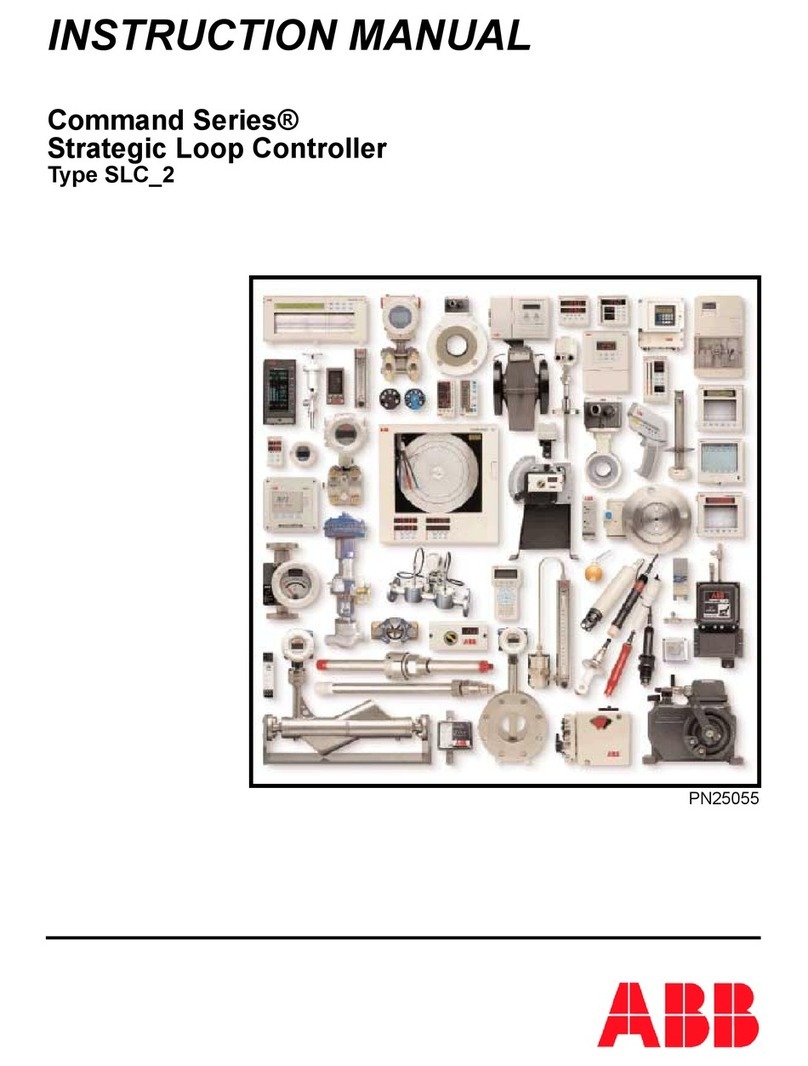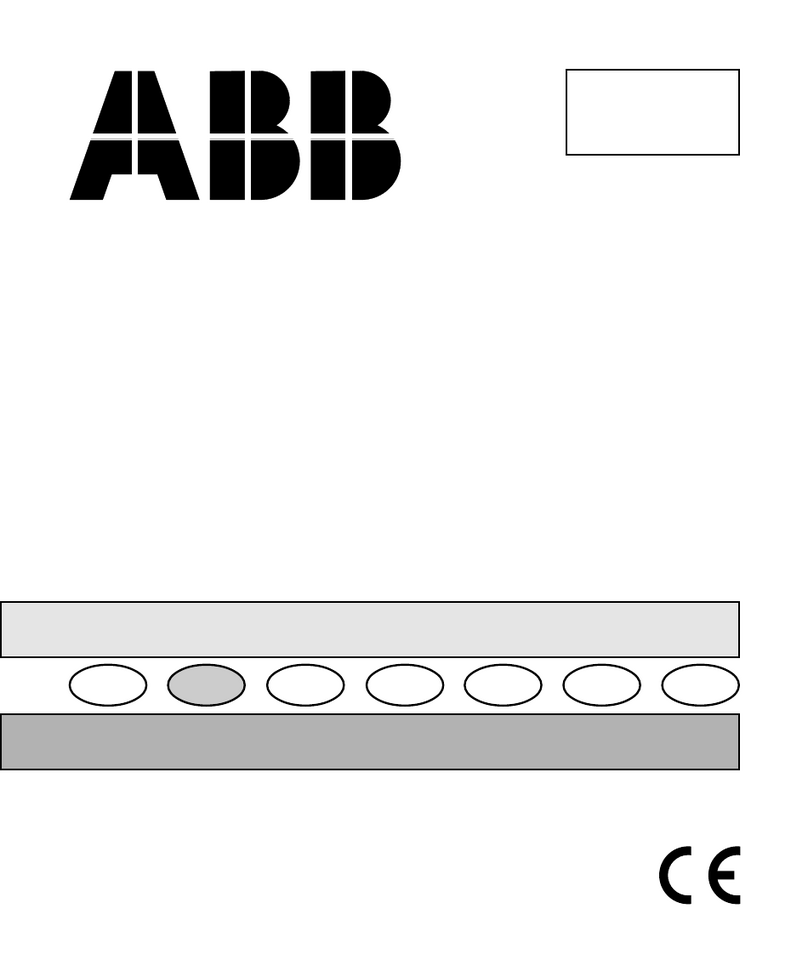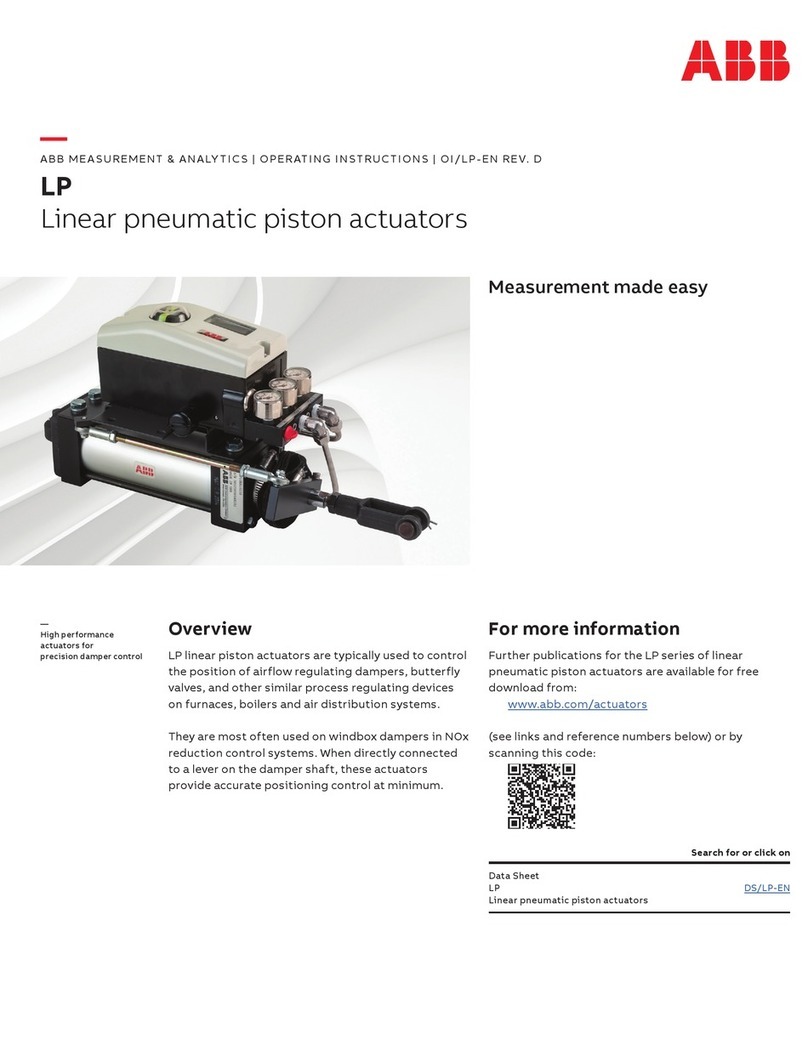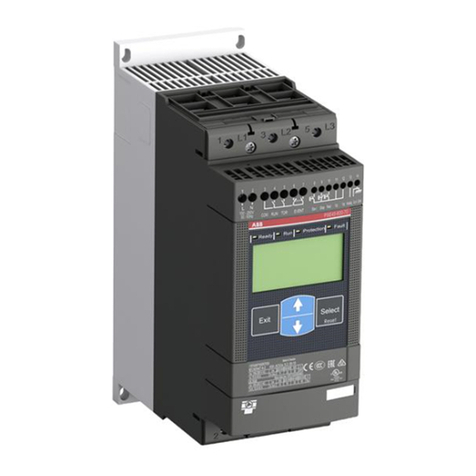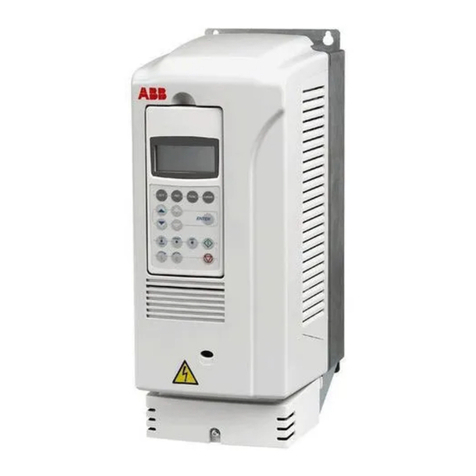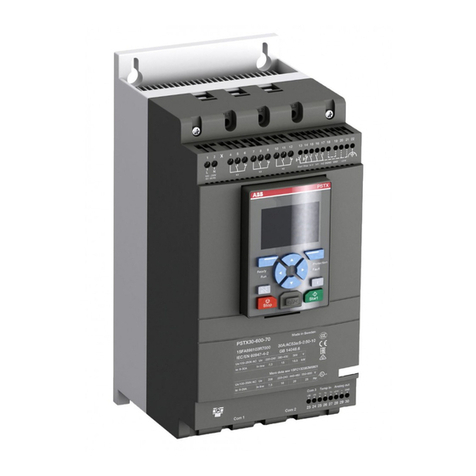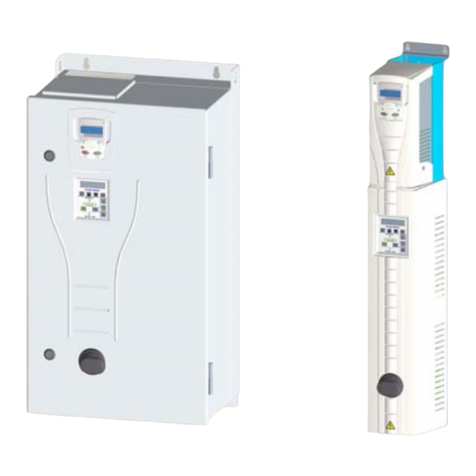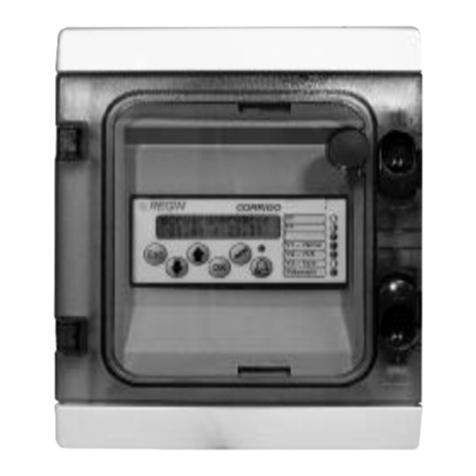
7
Table of contents
Safety instructions................................................................................................................................. 5
Chapter overview ..................................................................................................................................... 5
Table of contents.................................................................................................................................... 7
Introduction to the manual.................................................................................................................. 10
Compatibility........................................................................................................................................... 10
Intended audience.................................................................................................................................. 10
Categorization according to the frame size ............................................................................................ 10
Drive modules documentation................................................................................................................ 10
Common DC configurations................................................................................................................ 12
Introduction............................................................................................................................................. 12
Configuration steps ................................................................................................................................ 13
Common DC configuration.................................................................................................................. 15
Power ratings for DC connection............................................................................................................ 15
Average rectifier power Prec,ave ...................................................................................................... 15
Peak rectifier power Prec,max........................................................................................................... 15
Chokes, braking choppers and charging circuits.................................................................................... 16
Power requirements ............................................................................................................................... 16
DC link power Pdc,mot of motoring axis ........................................................................................... 17
DC link power Pdc,gen of regenerating axis..................................................................................... 17
Average motoring power Pmot,ave ................................................................................................... 18
Peak motoring power Pmot,max ........................................................................................................ 18
Average regenerative power Pgen,ave ............................................................................................. 18
Peak regenerative power Pgen,max .................................................................................................. 18
Supply unit selection .............................................................................................................................. 19
DC link power supplied via the drive.................................................................................................. 19
Single AC input (frames A…D) ..................................................................................................... 19
Single AC input frames E0…G...................................................................................................... 19
Multiple AC input........................................................................................................................... 19
Checking the charging capacity......................................................................................................... 21
Single AC input ............................................................................................................................. 21
Multiple AC input........................................................................................................................... 22
Charging current ........................................................................................................................... 22
Frame sizes A…D......................................................................................................................... 23
Frame sizes E0, E and G.............................................................................................................. 23
Table of contents
